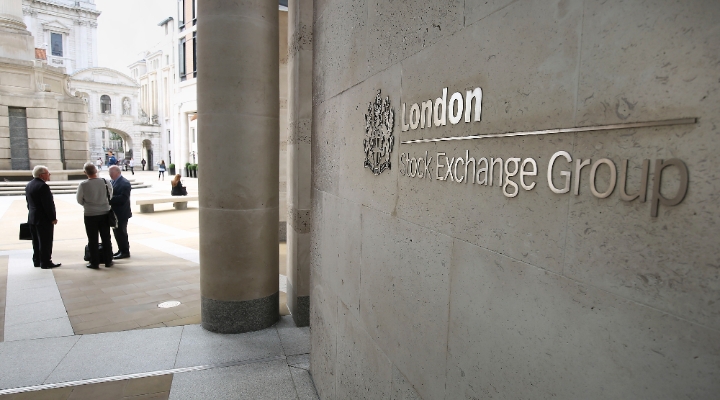Income producing assets are expected to play an increasing role in pension planning from next year. In April compulsory annuity purchasing will be scrapped, changing the financial requirements for both those working up to retirement and those enjoying it.
Currently in the lead up to retirement, most pension funds begin to sell equities in favour of bond investments – and in particular gilts - as you approach retirement, the idea being that this will reduce volatility, preserve cash and make your investments a closer match to the 15-year gilts that the annuity you are required to buy is linked to.
But after April 2015, following the changes announced in March’s Budget compulsory annuity purchase has been scrapped and many savers are expected to adopt a blended approach to their retirement portfolio.
“Combining guaranteed products and traditional assets into long-term retirement portfolios can allow individuals balance the need for lifetime inflation protected income and the ability access one’s savings for unexpected changes in people’s circumstances,” said Morningstar’s global chief investment officer Daniel Needham.
“Moving away from compulsory annuitisation will provide individual’s with an improved opportunity set to plan for their future, with the flexibility to take advantage of other assets and products and avoid locking into very low interest rate on lifetime income streams.”
Income paying assets held in a tax efficient wrapper such as a SIPP or ISA can help to build up your retirement saving while you work. By reinvesting the income you can harness the power of compound interest and double your savings in half the time.
Once you have retired, a diversified portfolio of dividend paying assets can provide income. While annuities are the only product to provide a guaranteed income for life, income paying investments such as investment trusts have greater flexibility – allowing you to eat into the capital if you need to.
3 Highly Rated Income Paying Trusts
Edinburgh Investment Trust (EDIN)
Investors are in safe hands at Edinburgh Investment Trust. Although manager Mark Barnett is a new face at the fund, his tenure at Invesco Perpetual exceeds 18 years and throughout that time he worked alongside the fund’s former manager, Neil Woodford.
Scottish American Investment Company (SCAM)
The fund’s objective is twofold: to grow capital and also grow income. On the latter, the fund’s track record is strong and the board has paid a rising dividend each year since 1975. This is paid in four tranches and the board has also built up the revenue reserve such that the dividend is covered, at its current level, for 12 months.
Aberdeen’s approach has been tried-and-tested across a variety of market conditions and we’ve seen them underperform significantly before. The team won’t be tempted into low-quality names to chase short-term gains, nor will they buy companies whose valuations they deem expensive; last year, the latter got more expensive still, further hurting performance.































